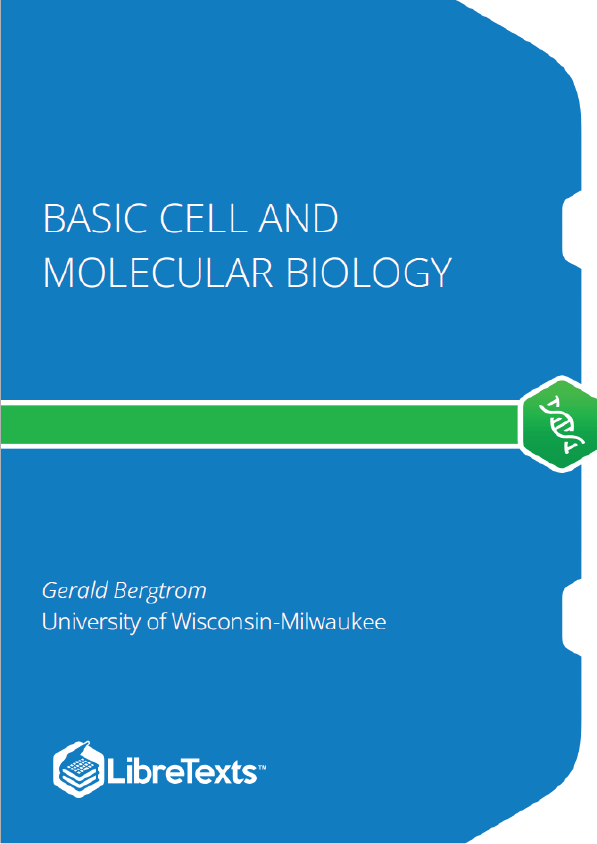You will read in this book about experiments that revealed secrets of cell and molecular biology, many of which earned their researchers Nobel and other prizes. But let’s begin here with a Tale of Roberts, two among many giants of science in the renaissance and age of enlightenment whose seminal studies came too early to win a Nobel Prize.
One of these, Robert Boyle, was born in 1627 to wealthy, aristocrat parents. In his teens, after the customary Grand Tour of renaissance Europe (Greece, Italy…) and the death of his father, he returned to England in 1644, heir to great wealth. In the mid- 1650s he moved from his estates to Oxford where he set about studying physics and chemistry. He built a laboratory with his own money in order to do experiments on the behavior of gasses under pressure, and with a little help, discovered Boyle’s Law, confirming that the gasses obey mathematical rules. He is also credited with showing that light and sound could travel through a vacuum, that something in air enables combustion, that sound travels through air in waves, that heat and particulate motion were related, and that the practice of alchemy was bogus! In fact, Boyle pretty much converted alchemy to chemistry by doing chemical analysis, a term he coined. As a chemist, he also rejected the old Greek concept of earth, air, fire and water elements. Instead, he defined elements as we still do today: the element is the smallest component of a substance that cannot be further chemically subdivided. He did this a century before Antoine Lavoisier listed and define the first elements! Based on his physical studies and chemical analysis, Boyle even believed that the indivisible unit of elements were atoms, and that the behavior of elements could be explained by the motion of atoms. Boyle later codified in print the scientific method that made him a successful experimental scientist.
The second of our renaissance Roberts was Robert Hooke, born in 1635. In contrast to Boyle parents, Hooke’s were of modest means. They managed nonetheless to nurture their son’s interest in things mechanical. While he never took the Grand Tour, he learned well and began studies of chemistry and astronomy at Christ Church College, Oxford in 1653. To earn a living, he took a position as Robert Boyle’s assistant. It was with Hooke’s assistance that Boyle did the experiments leading to the formulation of Boyle’s Law. While at Oxford, he made friends and useful connections. One friend was the architect Christopher Wren. In 1662, Boyle, a founding member of the Royal Society of London, supported Hooke to become the society’s curator of experiments. However, to support himself, Hooke hired on as professor of geometry at Gresham College (London). After “the great fire” of London in 1666, Hooke, as city surveyor and builder, participated with Christopher Wren in the design and reconstruction of the city. Always interested in things mechanical, he also studied the elastic property of springs. This led him to Hooke’s Law, which said that the force required to compress a spring was proportional to the length the spring was compressed. In later years these studies led Hooke to imagine how a coil spring might be used (instead of a pendulum) to regulate a clock. While he never invented such a clock, he was appointed to a Royal Commission to find the first reliable method to determine longitude at sea. He must have been gratified to know that the solution to accurate determination of longitude at sea turned out to involve a coil- spring clock! Along the way in his ‘practical’ studies, he also looked at little things, publishing his observations in Micrographia in 1665. Therein, he described microscopic structures of animal parts and even snowflakes. He also described fossils as having once been alive, and compared structures in thin slices of cork that he saw in his microscope to monk’s cells (rooms, chambers) in a monastery. Hooke is best remembered for his law of elasticity, and of course, for coining the word cell, which we now understand as the smallest unit of living things.
Now fast-forward almost 200 years to observations of plant and animal cells early in the 19th century. Many of these studies revealed common structural features including a nucleus, a boundary wall and a common organization of cells into groups to form multicellular structures of plants and animals and even lower life forms. These studies led to the first two precepts of Cell Theory:











